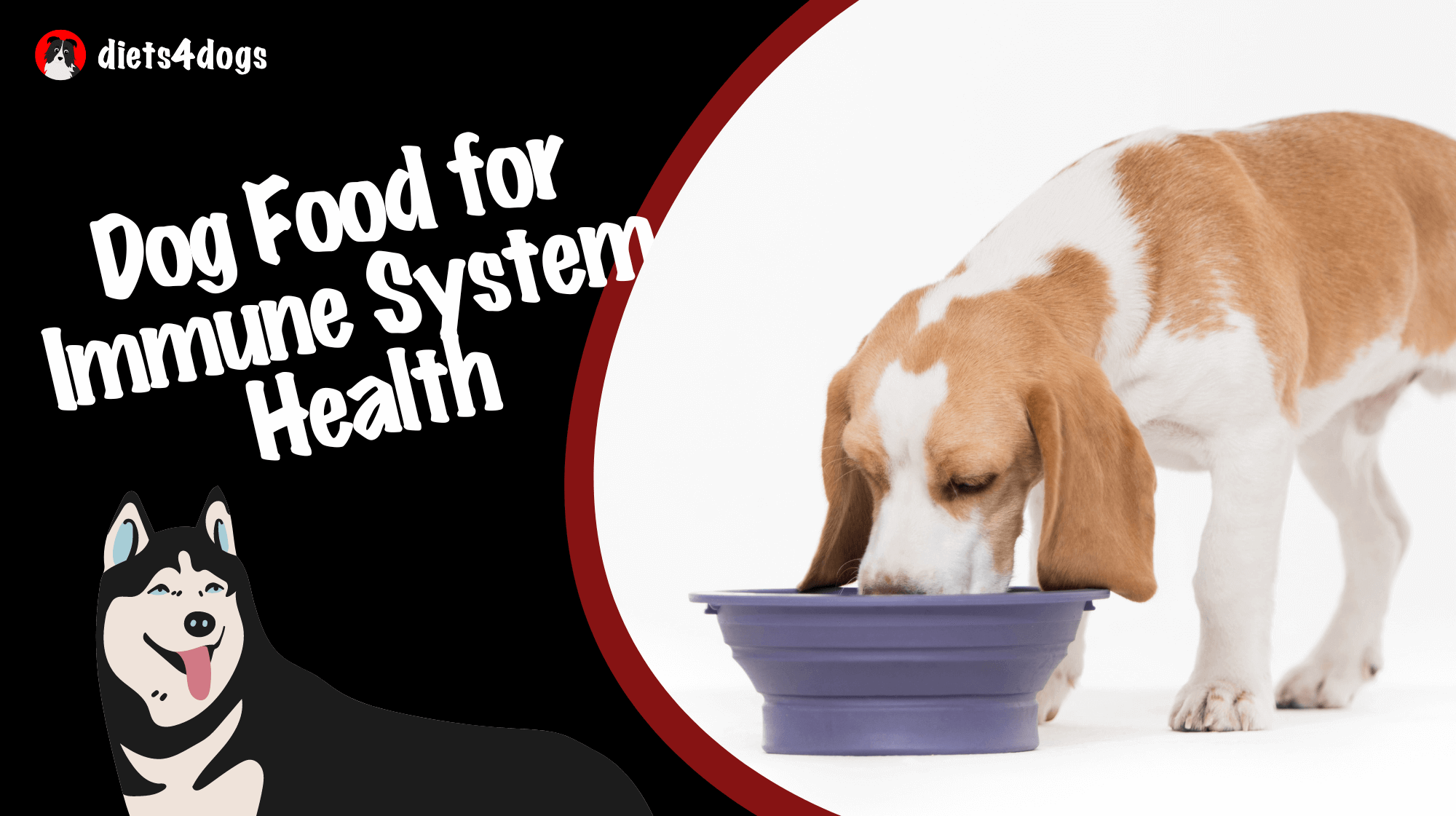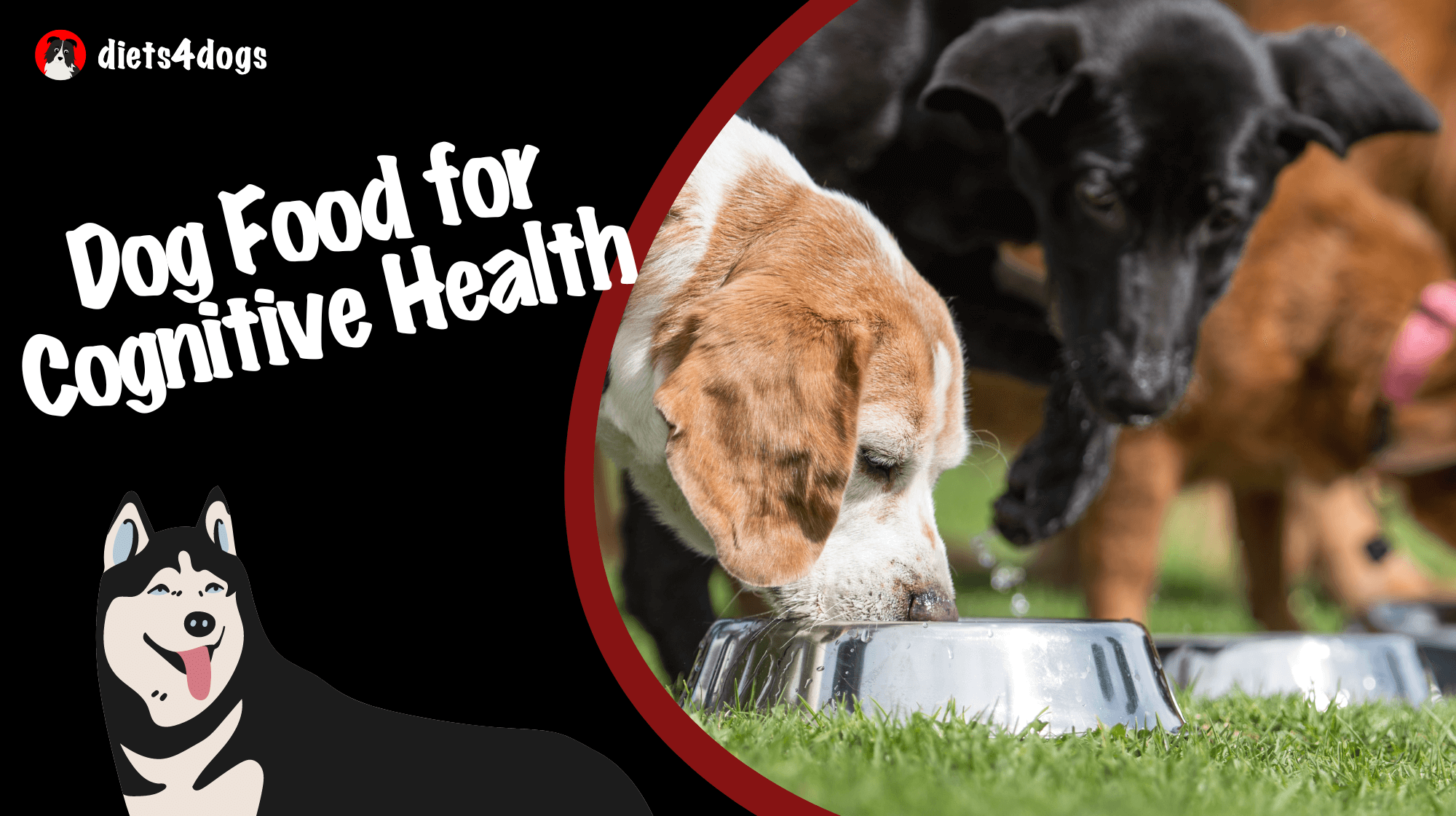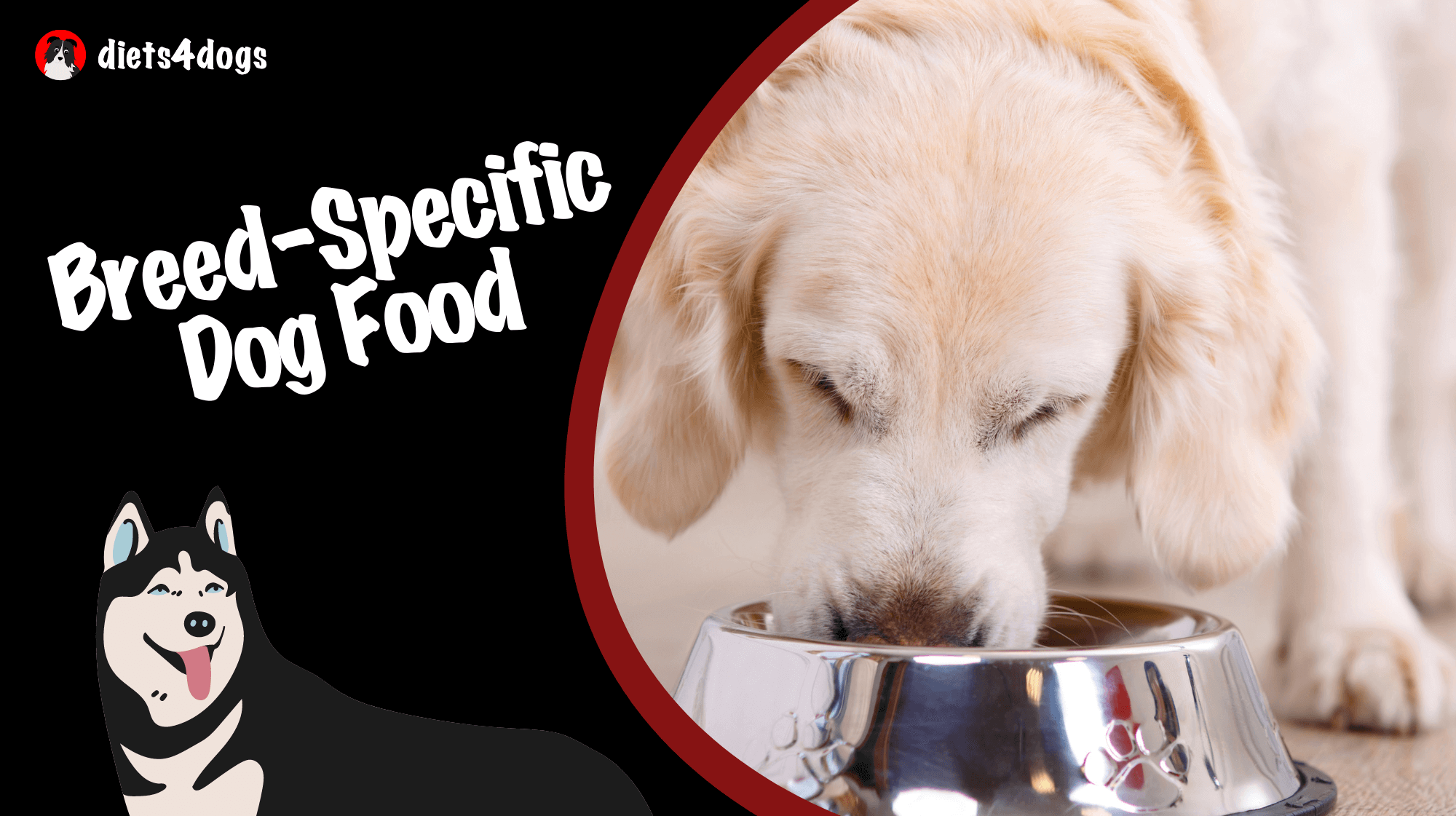They say every dog has its day, but what if every mealtime could feel like a wag-worthy celebration for your canine companion? 🎉 One way to achieve this is through a premium dog food diet, and you might have heard the buzz about raw dog food as a potential contender. In this fun and informative post, we’ll chew through the delicious details and dig into the pros and cons of raw dog food, exploring potential benefits for coat health and digestion, while keeping a keen eye on concerns like bacterial contamination. So, cozy up with Fido, and let’s figure out if raw dog food is truly a game of fetch or just playing with fire. 🐾🍖
Raw Dog Food: Understanding the Pros and Cons
Raw dog food has its pros and cons, much like any premium diet option. The benefits include a healthy coat, improved digestion, increased energy, and reduced stool odor. However, there are risks like bacterial contamination, potential nutritional imbalances, and the hazards of handling raw meat. Ultimately, dog owners should weigh these factors to determine if raw dog food is the right choice for their pet.
The Benefits of a Raw Diet: Elevating Mealtime
Feeding your dog raw dog food can yield some fabulous benefits. Let’s explore some pluses your pooch may experience:
Shiny Coat and Healthy Skin
When gnawing on a raw diet, many dogs exhibit shinier, healthier coats and fewer skin issues. This is often attributed to the higher amounts of natural fats and essential fatty acids present in raw food, providing a premium dog food experience.
A Digestive System Tail-wag
Raw diets can do wonders for a dog’s digestion. The higher moisture content found in raw food often leads to better hydration, which in turn aids digestion. You may also notice a marked reduction in your pup’s gas and stool odor – a win for both dog and owner!
Raw Food = Energy Boost
Since raw diets are typically rich in protein, your furry friend might experience an energy boost, aiding in better mobility and more boundless outdoor adventures.
Paris Hilton-Level Teeth
Chewing on raw meaty bones scrubs a dog’s teeth, helping reduce tartar and freshen breath. This can potentially lower the risk of dental issues in the long run.
Risks of a Raw Diet: Paws-ing for Thought
Every silver lining has a cloud, and a raw dog diet is no exception. Here are some of the risks associated with raw feeding:
Bacterial Contamination Concerns
Risks of bacterial infections like Salmonella and E.coli are higher in raw food than in cooked or processed diets. Both your pet and your household could be exposed to potential contamination.
Nutritional Balancing Act
Raw diets can sometimes lead to an imbalance in nutrients like calcium and phosphorus or even deficiency in vitamins and minerals if not properly formulated. Scrutinizing labels or consulting with a veterinarian is essential in choosing an appropriate raw diet.
Hard to Swallow
Choking hazards and intestinal blockages can arise if your dog isn’t adequately prepared to break down raw food, particularly bones. Supervising your dog during meals and choosing appropriate bone sizes will help mitigate this risk.
Meat Handling 101
Proper food safety precautions when handling raw meat are crucial, both for your dog’s health and your own. This includes promptly cleaning surfaces and utensils, as well as washing your hands thoroughly.
Raw Diet for Puppies: Yay or Nay?
Introducing raw food to a puppy requires some extra consideration. While a well-formulated raw diet has the potential to fulfill their nutritional needs, any imbalances may lead to growth and development issues. Consult with a veterinarian before embarking on a raw diet journey for your tiny fur-ball.
Transitioning to a Raw Diet: Tips and Tricks
If you’re set on joining the raw diet revolution, it’s essential to begin the transition smoothly:
1. Slow and Steady
Gradually introduce raw food into your dog’s diet over a week or two to avoid sudden digestive upsets.
2. Variety is the Key
Rotate proteins and types of meat to provide your dog with a range of nutrients.
3. Bone Appétit!
Ensure appropriate bone size to reduce choking hazards and dental damage.
4. Small Bowls, Big Results
Don’t start with oversized portions! Begin with smaller amounts and adjust based on energy levels and weight changes.
5. Vet Checks
Regular checkups with your veterinarian to monitor your dog’s health is essential, especially in the beginning stages of a raw diet.
Commercial vs. Homemade Raw Diets: A Brief Comparison
When it comes to raw dog food, you can either prepare a homemade diet or opt for commercial raw diets. Each has its pros and cons:
Commercial Raw Diets: The Professional Touch
Convenience is a significant benefit of commercial raw dog food, as these products are typically pre-packaged and pre-portioned, reducing the time-consuming process of meal preparation. Many commercial raw diets are carefully formulated to ensure they meet dog nutrition requirements, which can provide peace of mind to pet owners.
Homemade Raw Diets: The Personalized Approach
For those who prefer a more personalized diet for their dogs, homemade raw food offers the advantage of customization. Homemade diets can cater to specific preferences and health needs, but it requires ample research and consultation with a veterinarian or canine nutritionist to guarantee adequate dog nutrition.
Raw Diet Alternatives: Mixing It Up
Considering a raw diet but unsure if it’s the best fit? There are other options to explore that combine the benefits of raw feeding with some advantages of conventional dog food:
Gently Cooked Diets: A Hybrid Solution
Slightly cooking the proteins in your dog’s diet can reduce the risk of bacterial contamination while still providing many nutrients and maintaining the moisture content. This option offers a healthier compromise for dog owners who might be hesitant to commit fully to a raw diet.
Dehydrated and Freeze-Dried Raw Diets: The Shelf-Stable Compromise
Dehydrated and freeze-dried raw diets undergo gentle processing techniques that kill bacteria and remove moisture, resulting in a shelf-stable product with a longer shelf life. These options give dogs the nutritional benefits of raw food without the refrigeration hassle or bacterial concerns.
Finding the Right Balance: A Dog Nutrition Journey
Ultimately, the choice of dog food depends on your pet’s specific needs, preferences, and how much risk you’re willing to take when it comes to potential drawbacks. Raw dog food can offer a premium dining experience that enhances dog nutrition, but it requires diligence, research, and consultation with a veterinary professional to ensure a safe, balanced, and healthy diet for your beloved canine companion.
FAQ: Frequently Asked Questions
In the world of raw dog food and dog nutrition related topics, there are some common questions you might be asking yourself. Here, we’ve compiled a list of FAQs to provide you with concise and helpful answers related to the raw dog food diet:
1. What is a raw dog food diet?
A raw dog food diet consists of feeding your dog uncooked meat, bones, and organ meats, sometimes combined with raw fruits, vegetables, and supplements, as opposed to processed commercial dog food.
2. Is raw dog food safe for all dog breeds?
Most dog breeds can consume raw dog food, but it’s essential to ensure that their specific nutritional needs are being met. Regardless of breed, always consult a veterinarian before transitioning to a raw diet.
3. Can puppies eat raw dog food?
Puppies can eat a well-formulated raw diet. However, it’s crucial to meet their unique nutritional requirements for growth and development. Consulting a veterinarian is recommended before introducing a raw food diet to your puppy.
4. How do I safely handle raw dog food to prevent contamination?
Safely handling raw dog food involves washing hands thoroughly after handling raw meat, promptly cleaning surfaces and utensils, properly storing raw food in the refrigerator, and disposing of uneaten food safely to minimize bacteria exposure.
5. How much raw food should I feed my dog?
The amount of raw food your dog requires depends on factors such as your dog’s age, weight, activity level, and specific dietary needs. Consult your veterinarian to determine the right portion size suited to your dog.
6. Can raw dog food help with allergies?
In some cases, a raw dog food diet can help reduce allergies by eliminating common allergens found in processed dog foods, such as grains or artificial additives. However, always consult a veterinarian to manage your dog’s specific allergies effectively.
7. Are there ready-to-eat commercial raw dog food options available?
Yes, there are many commercial raw dog food options available in the market, ranging from frozen, dehydrated, or freeze-dried raw food. These products provide convenience and often have balanced nutrition.
8. Can I mix raw food with my dog’s current dry or wet food?
Yes, you can mix raw food with your dog’s current dry or wet food. Gradually introducing raw food, while reducing the portion of their current diet, will help avoid sudden digestive upsets and help your dog transition smoothly.
9. What kind of meat is best for raw dog food diets?
A variety of proteins, such as chicken, beef, lamb, turkey, and fish, are suitable for raw dog food diets. Rotating these proteins and including organ meats offers a range of nutrients and reduces the risk of dietary imbalances.
10. Do I need to add supplements to my dog’s raw diet?
Supplements might be necessary if your homemade raw diet lacks specific nutrients or if your dog has individual dietary requirements. Consulting a veterinarian or certified canine nutritionist can help determine whether supplements are needed for your dog’s diet.












